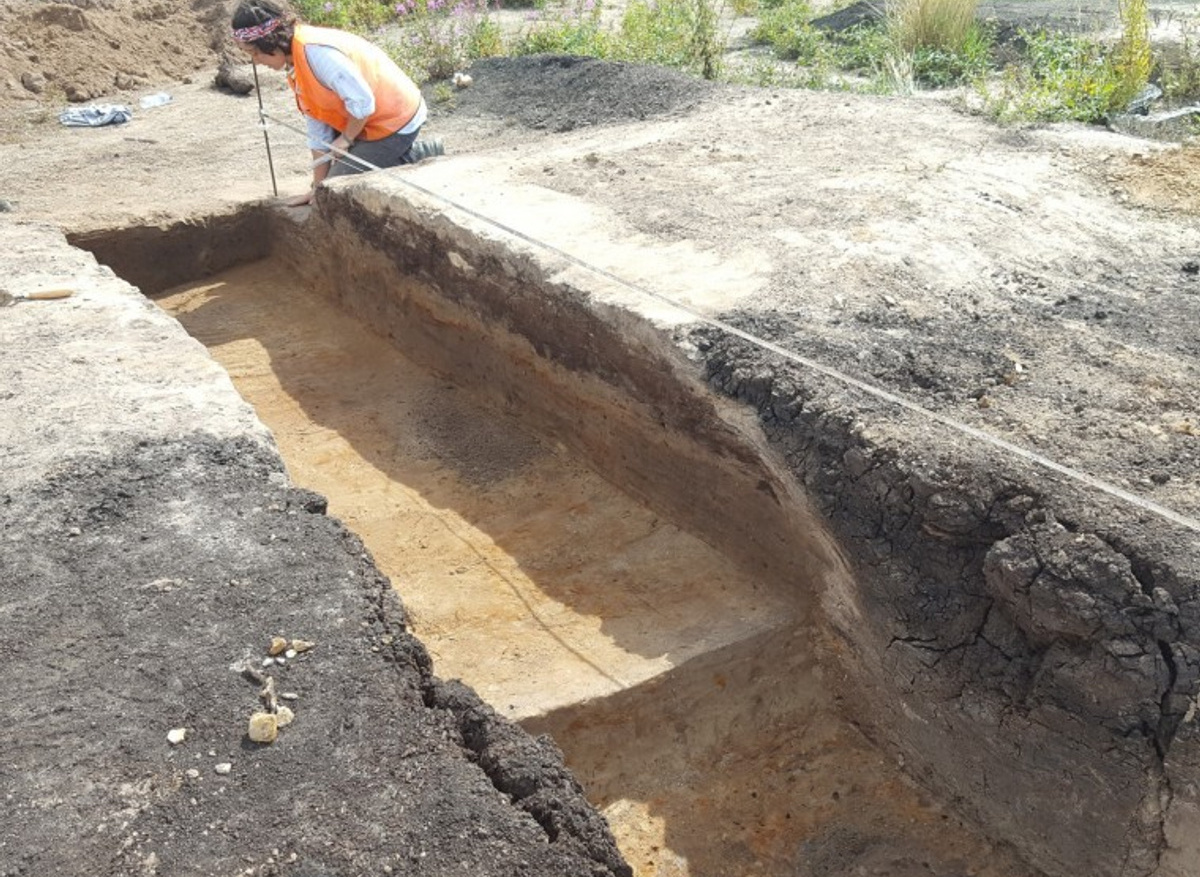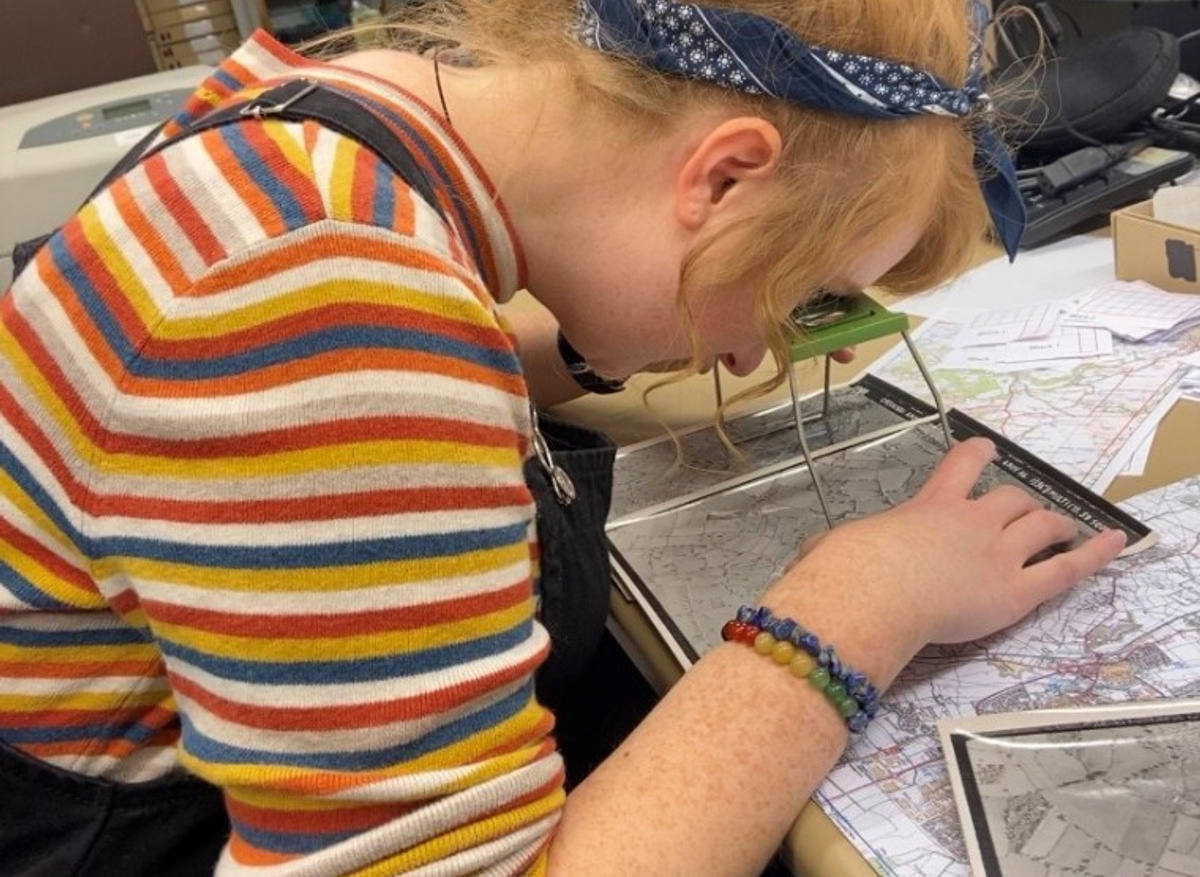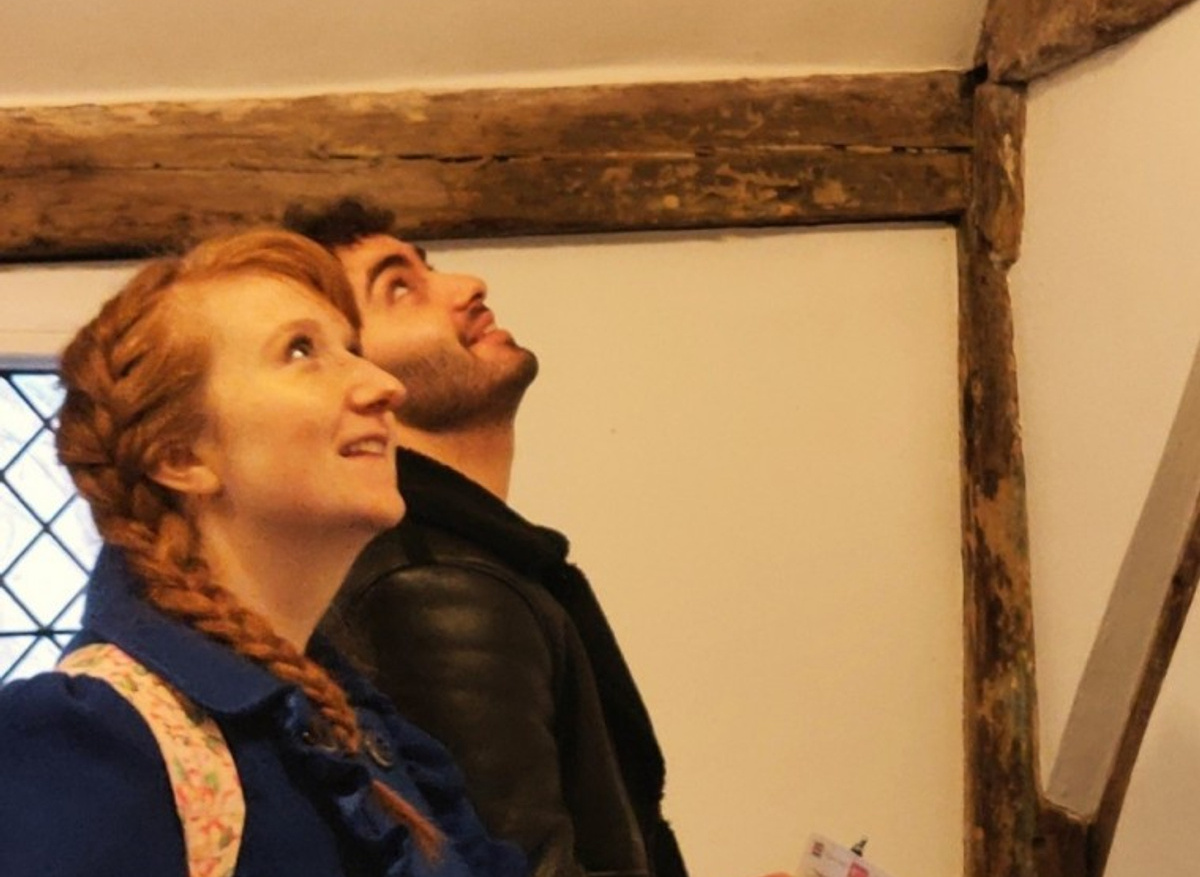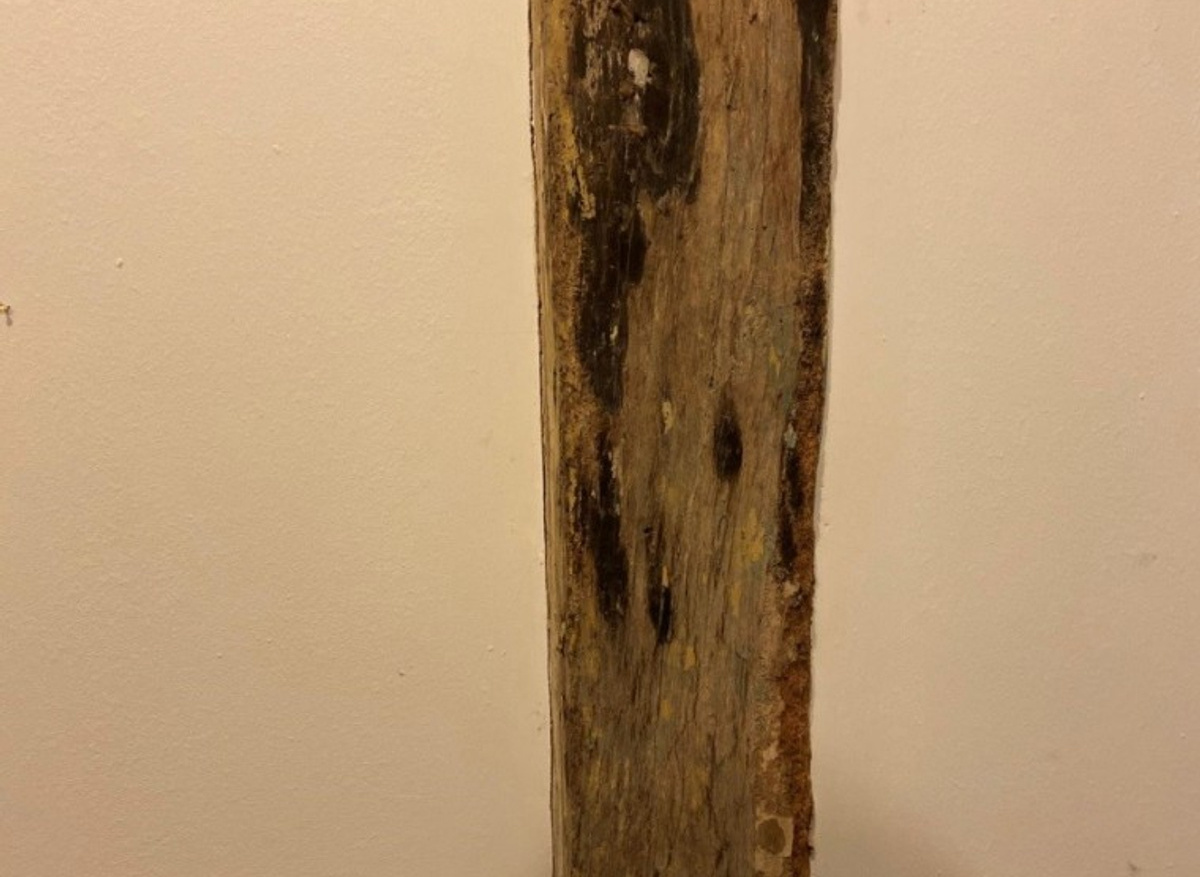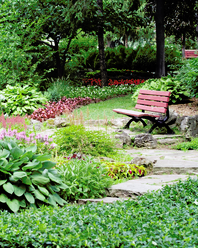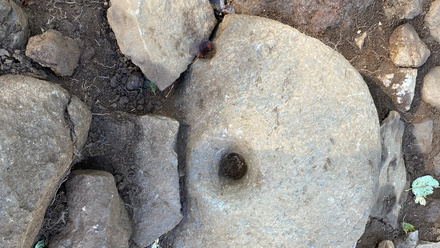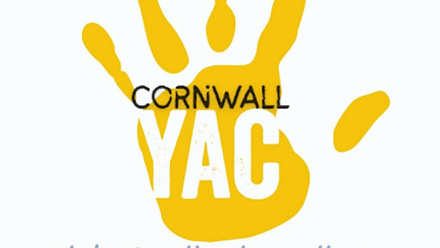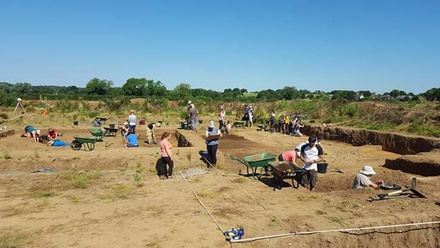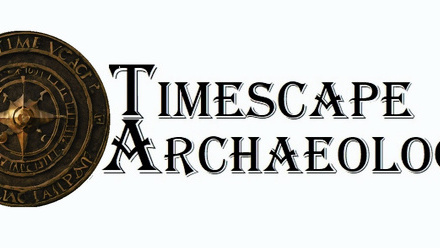My name is Emi Putnam and I’m a Historic Environment Advice Assistant apprentice working for Historic England, based in York. My role, which is one of 4 funded by AllChurches Trust, is all about learning the wide variety of heritage skills and techniques needed to advise on managing change to the historic environment. To showcase how different one day can be from the next, I’ve written about a memorable day in the office and another on a site visit.
A day in the office
I recently spent 2 days with the Aerial Investigation and Mapping team in the York office. I spoke to various members of the team about the different roles within the department and learnt how to use some of the specialist equipment they use on a daily basis. This included the stereoscope, which is an optical device, essentially like a pair of glasses balanced on a frame, which helps turn 2D photographs into a 3D image by overlapping two aerial photographs of the same landscape. By using the stereoscope to view the photographs it allows you to view the different features of the land and gain a better understanding of the topography. This was super cool to do but isn’t as easy as just peeking through the lenses!
There is a real knack to ‘getting your eye in’ and it took me a good 5 minutes to actually to learn how to move the photos in a way to finally see the features in picture start to jump off the page. This technique was also interesting to learn because the pictures which were taken in the 1940’s would have been originally viewed using a stereoscope. It was great to be viewing something in the original way they were intended to be seen. Even though technology has moved on leaps and bounds, there is something really nice about learning a new skill rather than just relying on technology to do it for us.
A day on a site visit
As an apprentice I attend block release taught training sessions delivered by Strode College, in partnership with Historic England. One of my favourite training experiences was focusing on the work done by the Listing and the Architectural Investigation Teams within Historic England. We had a site visit to Coventry and spent the day looking around historic sites, such as the Cathedral. We also had the opportunity to get involved in practical activities. We were taken to a building which we had to attempt to date using the skills we’d learnt during our study week. We did this by looking for clues in the architecture, building fabrics, and telltale marks of extension or further development, which can give you an idea of the different phases of the building. A common example of spotting signs of extension is if different building materials have been used. An old stone building for example, with an extension made of brick, shows the building was more than likely not built in a single phase. For our activity we split into pairs and looked at the interior and exterior, working our way through the building. We made a note of anything we thought may provide clues to the building’s age and how many different phases of building it had gone through. It was great because we also saw a number of things we hadn’t previously covered in class, such as the taper burn marks in the attic of the building. These marks were a way in which people would protect against evil spirits entering their house usually positioned near openings like windows or doors. People would hold a candle up to the wood until they caused the wood to char and blacken. It was interesting to spot new things we hadn’t come across before, as it showed how complex reading a building really is. As a group we found the activity was really helpful and a great way to cement what we’d learned by putting it into practice.

